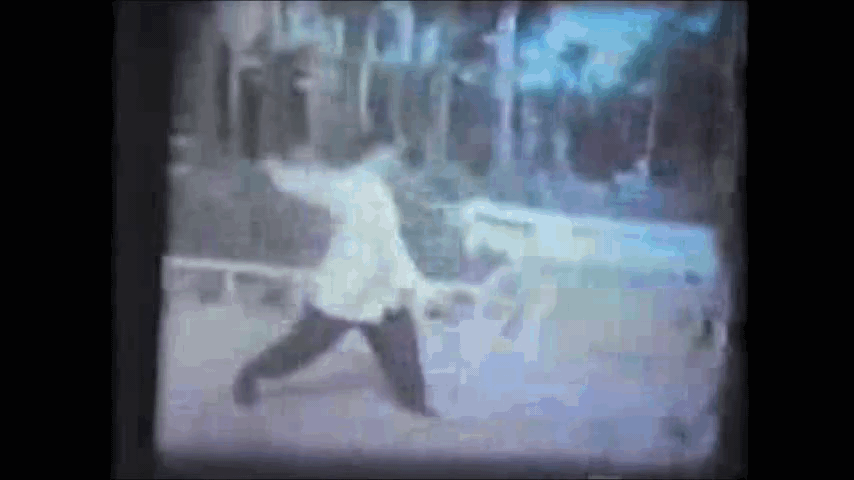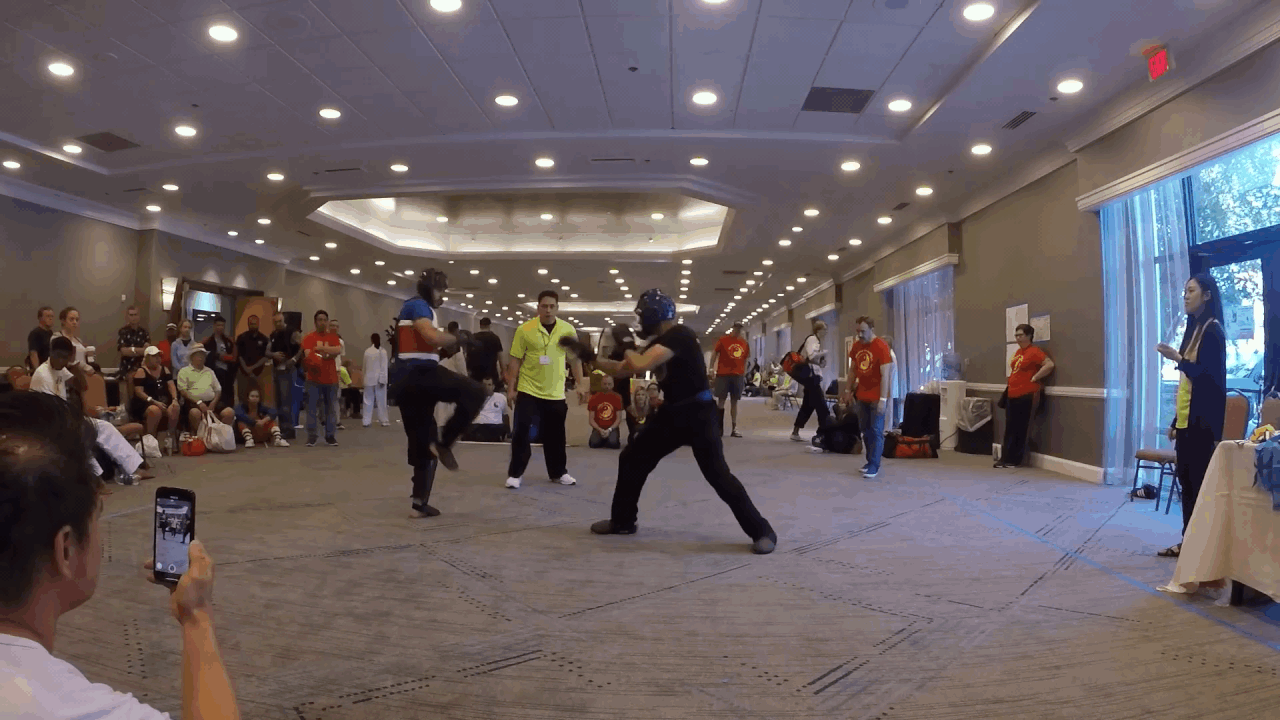isshinryuronin
Master of Arts
- Joined
- Feb 28, 2019
- Messages
- 1,909
- Reaction score
- 2,089
Regarding seeing kata as an impractical, rigid sequence of moves, let's look at football. While in kata one person does many moves, in football many players are doing 2 or 3 moves each in a given play. In practice, the coach drills them over and over on who each blocker is to engage, the pattern the receivers are to run, how the zone is to be cleared of defenders, where the running back should position himself, etc.
The coach demands the play is run exactly as he designed it. It is a template, just like a kata is. Strict adherence to how the play is to be run is required and is drilled over and over (like a kata) There is a reason and purpose for each player's moves (kata bunkai). But after the ball is snapped in a game (actual combat) things may change due to unforeseen moves by the defense. Does this mean all the drilling on how to run the play was worthless?
There are options that can be employed in such cases. The quarterback can pitch the ball to his back, throw to an alternate receiver, or take off and scramble (alternate bunkai). But this won't work if the players are not in the positions they drilled in practice. Adherence to, and understanding the template allows the options to go off the template. (I guess this line sums up the main point to this post.)
I think this is what Itosu Anko meant over a century ago when he said to "Perform kata exactly; actual combat is another matter." It seems to me that in this regard, kata and football are similar. Really knowing the kata gives you the tools to go off it and adapt it to actual combat.
The coach demands the play is run exactly as he designed it. It is a template, just like a kata is. Strict adherence to how the play is to be run is required and is drilled over and over (like a kata) There is a reason and purpose for each player's moves (kata bunkai). But after the ball is snapped in a game (actual combat) things may change due to unforeseen moves by the defense. Does this mean all the drilling on how to run the play was worthless?
There are options that can be employed in such cases. The quarterback can pitch the ball to his back, throw to an alternate receiver, or take off and scramble (alternate bunkai). But this won't work if the players are not in the positions they drilled in practice. Adherence to, and understanding the template allows the options to go off the template. (I guess this line sums up the main point to this post.)
I think this is what Itosu Anko meant over a century ago when he said to "Perform kata exactly; actual combat is another matter." It seems to me that in this regard, kata and football are similar. Really knowing the kata gives you the tools to go off it and adapt it to actual combat.


